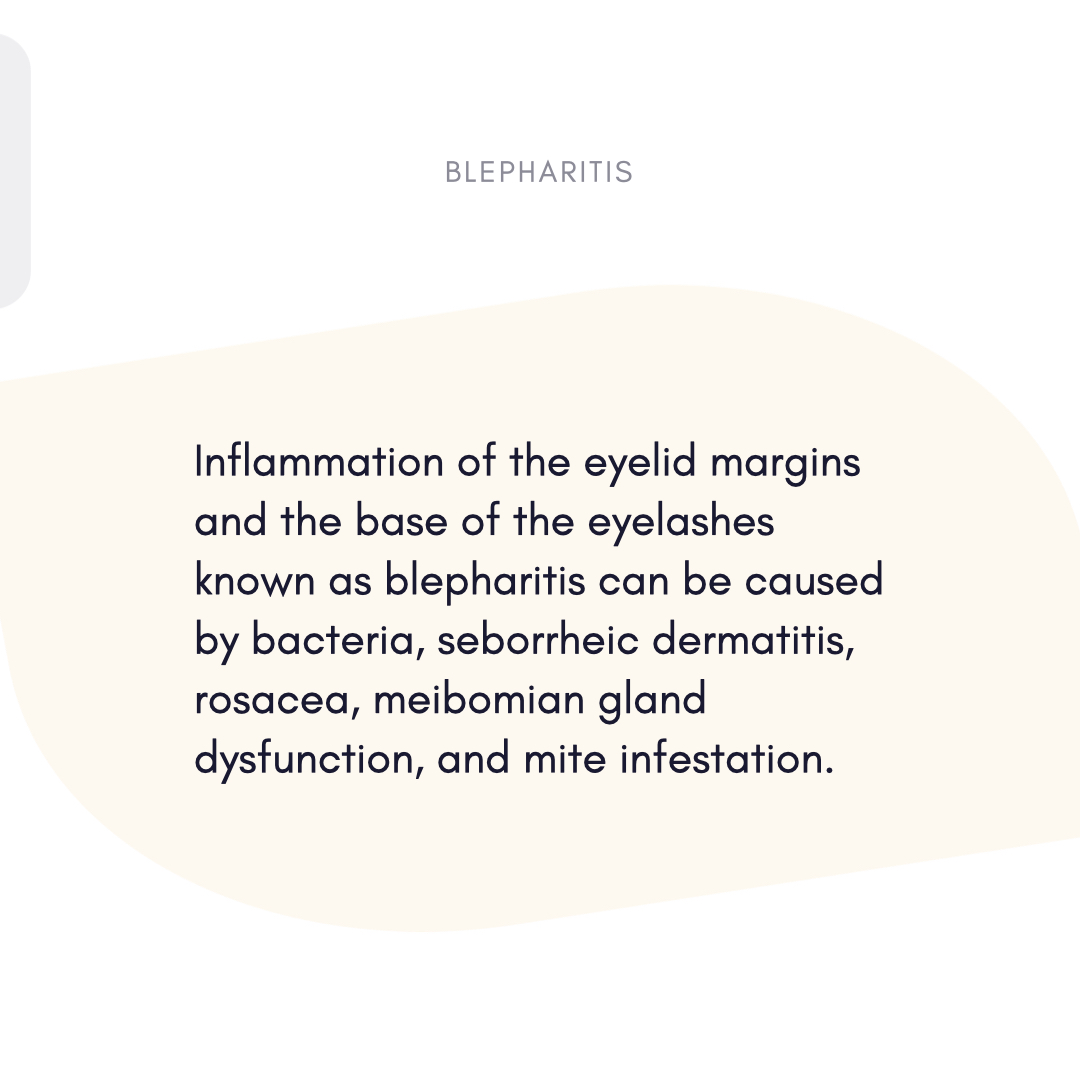Direct Primary Care (DPC) for Blepharitis: Proactive, Personalized Eyelid Care
Usually related to bacterial overgrowth, meibomian gland dysfunction, or skin conditions like rosacea, blepharitis—a chronic inflammation of the eyelids—causes redness, itching, crusting, and irritation. Even if it is not visually threatening, constant management is crucial to avoid discomfort and complications including dry eye syndrome. Combining accessibility, specifically designed treatment plans, and reasonably priced solutions for long-term relief, Direct Primary Care (DPC) presents a patient-centered approach to blepharitis treatment.

Early Discovery and Evidence-Based Intervention
- One fast assessment:
- Same-day visits: See flare-ups immediately to verify blepharitis, rule out conjunctivitis, dry eye, or allergies.
- Using magnification tools, in-office assess eyelid margins, gland function, and corneal health.
- An in-office kit for interventions:
- Eyelid hygiene: To help with bacterial buildup, pack lids scrubs, warm compresses, or tea tree oil wipes.
- Meibomium: Gland Expression: To increase oily flow of production, clear personally blocked glands.
- Focused Therapies:
- Write prescriptions for either combinations of antibiotics-steroids or erythromycin ointments for severe inflammation.
- Use doxycycline in chronic conditions since it reduces inflammation.
Customized Blepharitis Treatment in DPC
- Personalised Education and Hygiene:
- Customizing Your Every Daily Plan: Suggest commercial lid scrubs, hypoallergenic cleansers, baby shampoo diluted to fit skin sensitivity.
- Teach best techniques (such microwaveable masks rather than washcloths) to improve gland performance.
- Stress underlying reasons:
- Underlying condition screening: Search for rosacea, seborrheic dermatitis, or Demodex mites aggravating inflammation.
- Modifications in Behavior: Talk about triggers: contacts, makeup, or screen time.
- Extended Assistance:
- Follow-up trips: See for dry eyes, chalazia, or corneal irritability.
- For recurrence, recommend blue-light glasses, humidifiers, or omega-3 supplements.
Why Does DPC Work So Effectively in Treatment of Blepharitis?
- Continuum of Accessibility:
- Text your supplier to get ideas on product recommendations or flare-up control.
- Track development under the direction of a physician advised in your history to guarantee adherence to hygienic practices.
- Open Costs Transparency:
- Membership usually covers discounted prescriptions and in-office treatments including gland expression.
- With DPC, control acute flare-ups instead of expensive urgent care visits.
- Complete All-Inclusive Method:
- Meal & Stress Control: Anti-inflammatory diets or mindfulness approaches help to lower ocular inflammation.
- Coordinate with ophthalmologists for advanced cases even while you are internally controlling daily treatment.
DPC Advantage for Early Intervention Blepharitis Patients
- Early Intervention: Quick lid hygiene helps to stop development towards chronic dry eye.
- Particular Recommendation: Depending on tolerance, refer to specific lid scrubs, synthetic tears, or oral supplements.
- Guide patients in identifying early symptoms (such morning crusting) and in self-managing flare-ups.
Final Thoughts
Blepharitis demands consistent, focused treatment—something conventional wisdom often lacks. Direct, relationship-driven DPC guarantees individualized management using same-day access, customized hygiene plans, and continuous support. DPC provides patients unhappy with consistent symptoms or disjointed treatment with a consistent partner to restore eyelid health and comfort.






